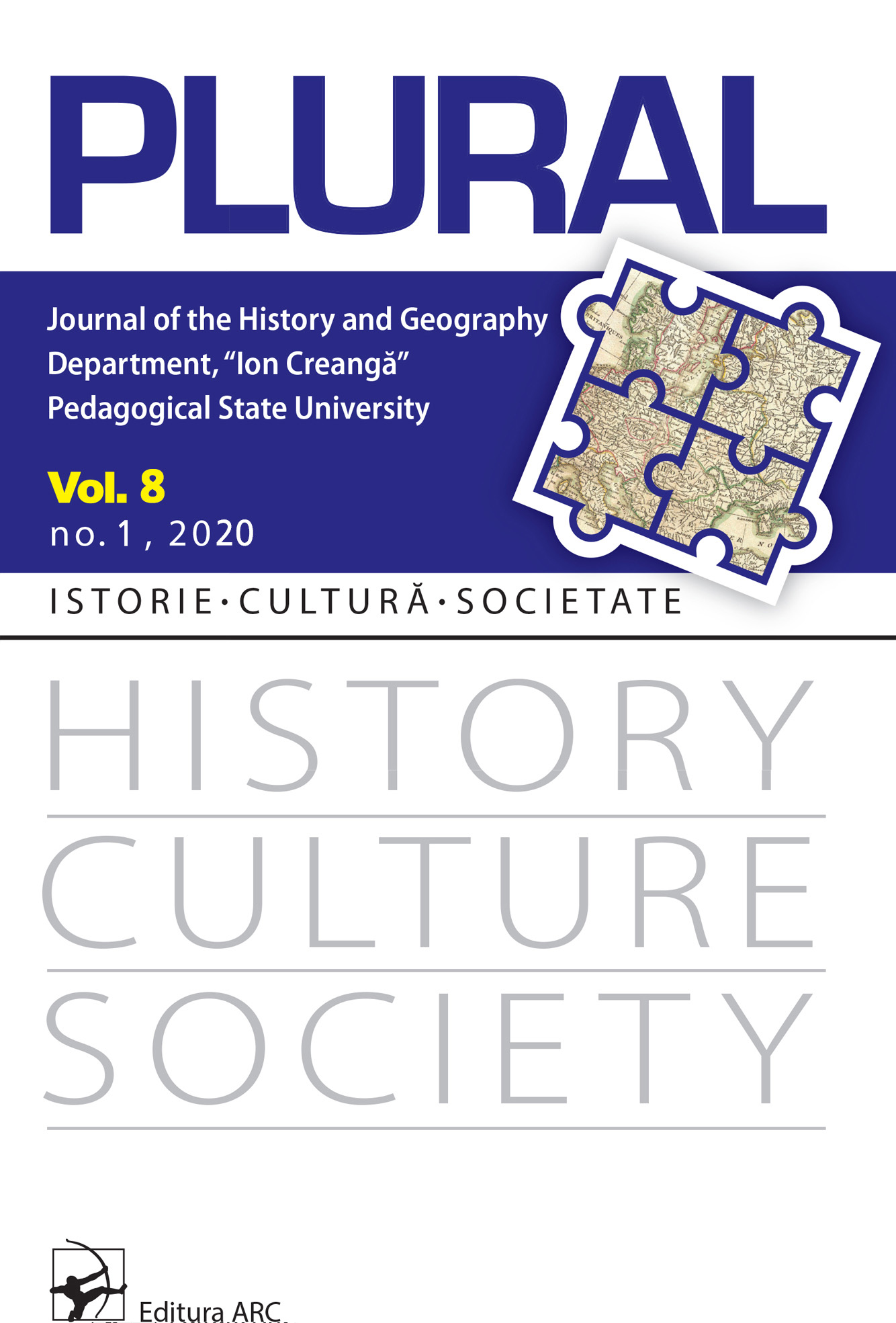To Move and Reconstruct Monuments – Conflicts with Authenticity and Integrity
To Move and Reconstruct Monuments – Conflicts with Authenticity and Integrity
Author(s): Adrian CrăciunescuSubject(s): History, Cultural history, Recent History (1900 till today)
Published by: Facultatea de Istorie și Geografie, Universitatea Pedagogică de Stat „Ion Creangă”
Summary/Abstract: Moving heritage has never been a problem of engineering. From technical point of view, when heritage became a doctrinal issue, everything was technically achievable already. Present understanding of built heritage is more and more connected to the place where such heritage was constructed and still, less and less related to its materiality. In the early sixties, Salvaging Abu Simbel in the early sixties overexposed this issue of deep link between a monument and its place. It was of such magnitude that even contributed directly to the World Heritage Convention. After more than half a century, due to new technologies and due to many changes in the way heritage is perceived, it appears that concepts of “place” and “reconstruction” tend to become less and less restrictive, to the point that the core concepts of World Heritage - “authenticity” and “integrity” - may become very difficult to assess at a certain moment. At least one position on Romania’s heritage in the World Heritage List is affected by the possibility of “dismantling, transfer and reinstatement at a suitable location” stated by the Granada Convention for the protection of architectural heritage of Europe. The wooden churches are movable by tradition, and this aspect is better reflected in the revised principles of Venice Charter reflected in ICOMOS Australia’s Burra Charter and, more recently, in Nara Document on Authenticity. However, having already so many precedents already, where else could we anymore trace a border line between acceptable and non-acceptable of such transfersand reconstructions in respect of authenticity and integrity? If such a line can be traced, does this mean then that a principle may be negotiable? Can it be properly set in a clear regulation or methodology?
- Issue Year: VIII/2020
- Issue No: 1
- Page Range: 27-47
- Page Count: 21
- Language: English

